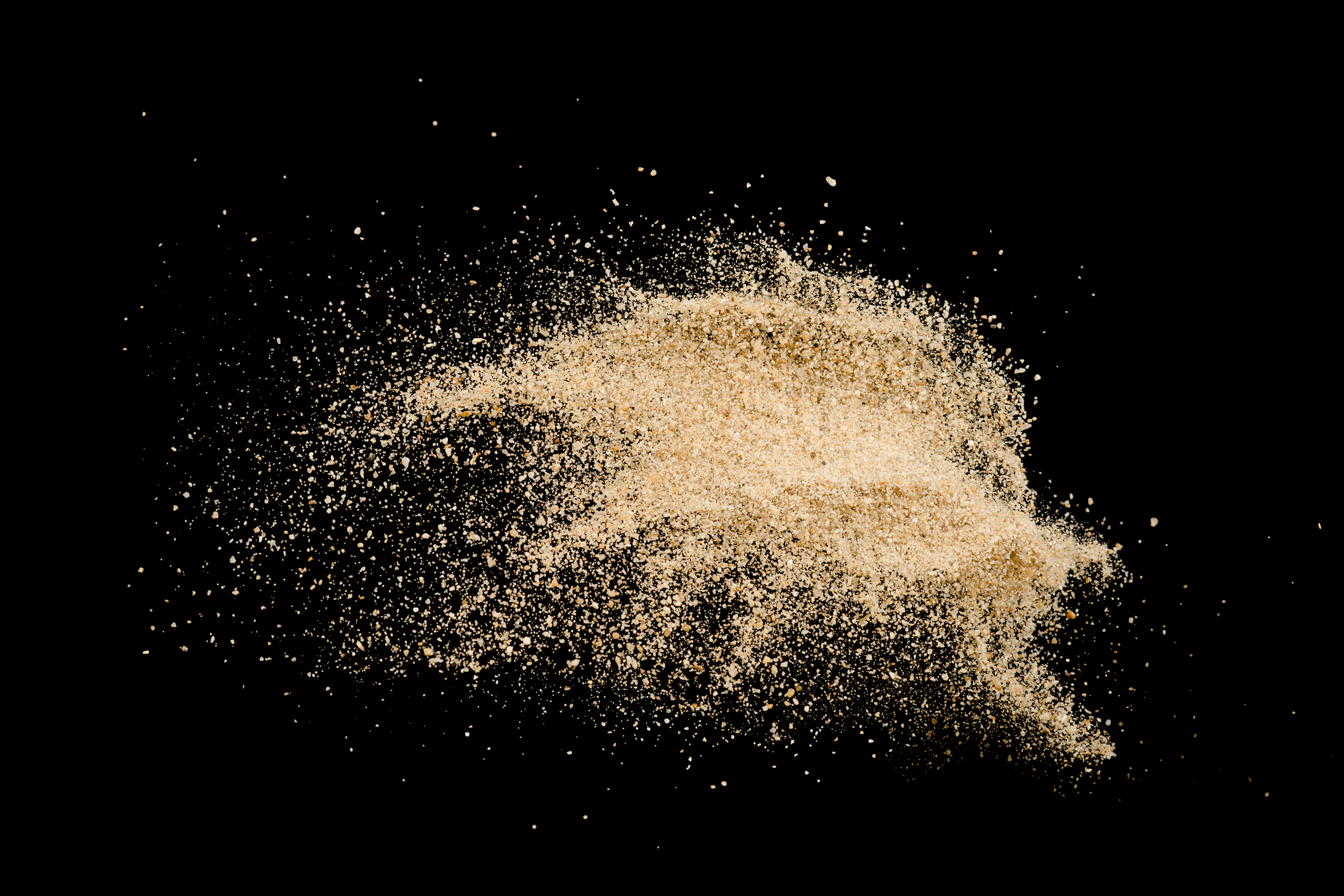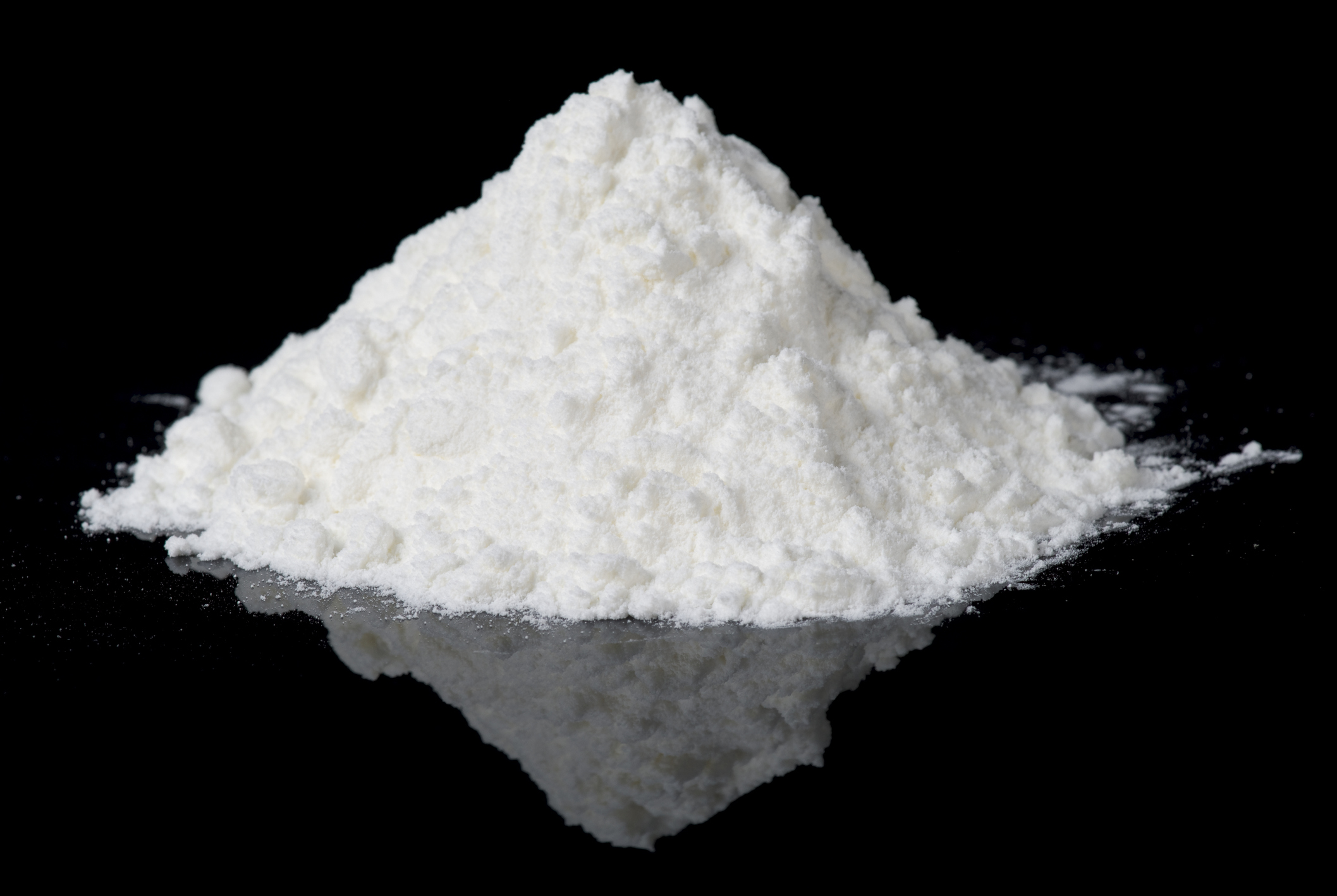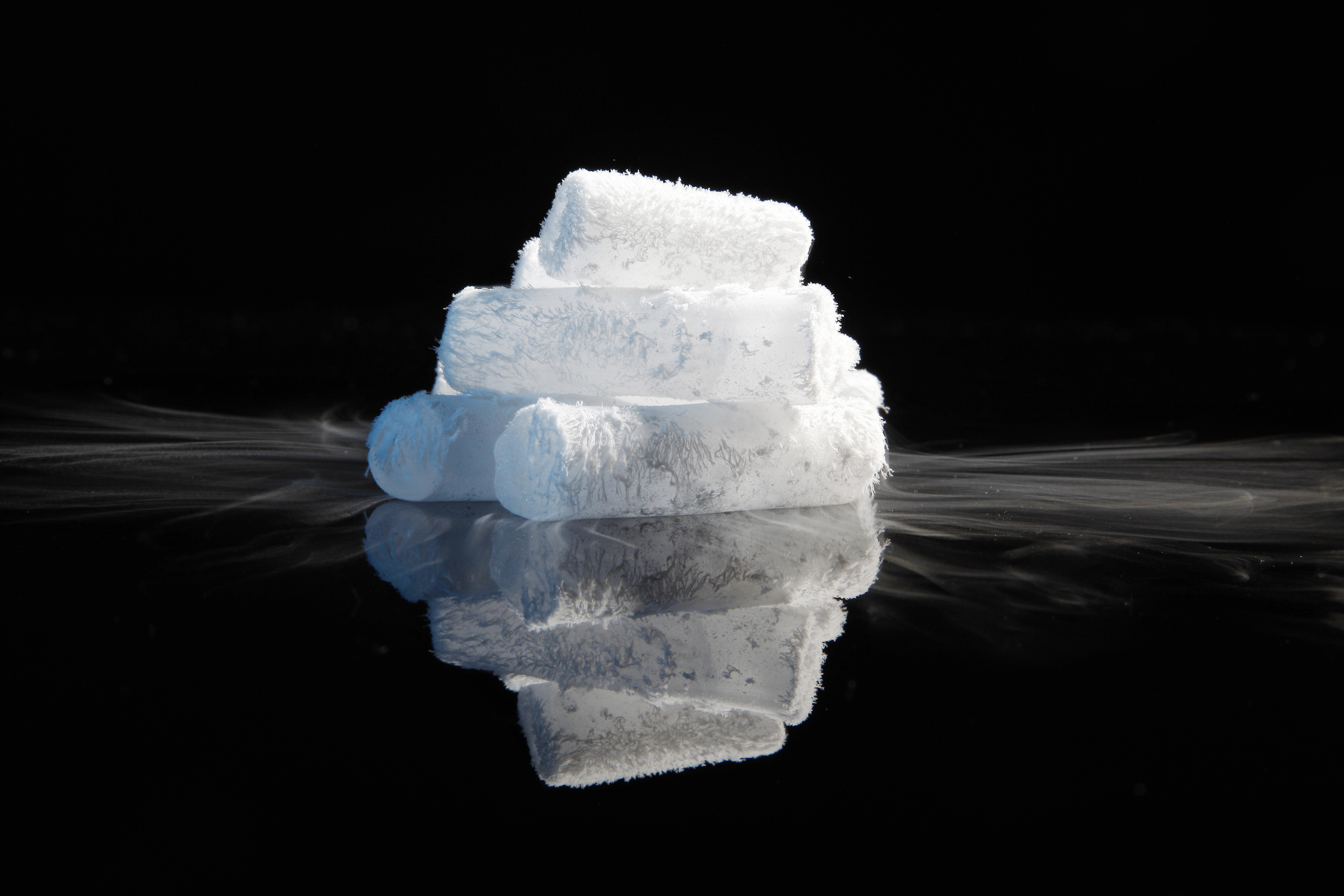
Blasting
Sand Blasting
This cleaning method is particularly effective for tough and stubborn contamination, such as paint residues and corrosion. During the process, fine sand grains are being blasted against the surface that needs to be cleaned and abrade the dirt. It is possible to choose among many grain sizes to obtain different results. We have a dedicated in-house chamber with state-of-the-art blasting and suction technology. We also provide transportation for workpieces to our blasting workshop. We intend to keep our services as convenient and affordable as possible for you.
Glass Bead Blasting
This method is, similarly to sand blasting, especially effective for coarse soiling. Instead of sand, small glass beads or crushed glass is blasted against the object. Different grain sizes can obtain different results, depending on your needs. Glass bead blasting is most commonly used for surface finishing or deburring.


Soda Blasting
Soda blasting is a relatively new technology in the field of abrasive blasting. While it is technically used as an abrasive, many professionals in the field consider soda blasting non-abrasive. Specially granulated sodium bicarbonate (more commonly known as baking soda) is applied at high pressure on a surface. Upon colliding with the surface, it causes ‘mini-explosions’ that remove contaminants or smoothen the surface.
Here, we differentiate between air soda blasting and wet blasting to avoid dust. Blasting soda is a non-toxic, non-hazardous, food-grade material that dissolves in water easily and is 100% friendly to the environment.
Dry Ice Blasting
Dry ice blasting refrains from using ‘rough’ abrasives that scratch or damage the surface. Instead, it relies on the purifying force when dry ice is blasted with high pressure against the object.
During blasting, the contaminants are cooled down to -78°C and subsequently blown off by the airflow. This process leaves no residue since the dry ice sublimates into the atmosphere.
The distinct advantage of dry ice blasting is the absence of erosion on the workpiece, and thus fully preserve all mechanical or electrical components. With this method, it is possible to clean on the spot, without an inconvenient disassembling or cooling-off period. Dry ice is non-abrasive, non-flammable, non-conductive, and above all particularly eco-friendly that produces no secondary waste.
For our dry ice blasting, we use products from AMG-Tech GmbH, an affiliated company of Saar Industrie Service GmbH.

